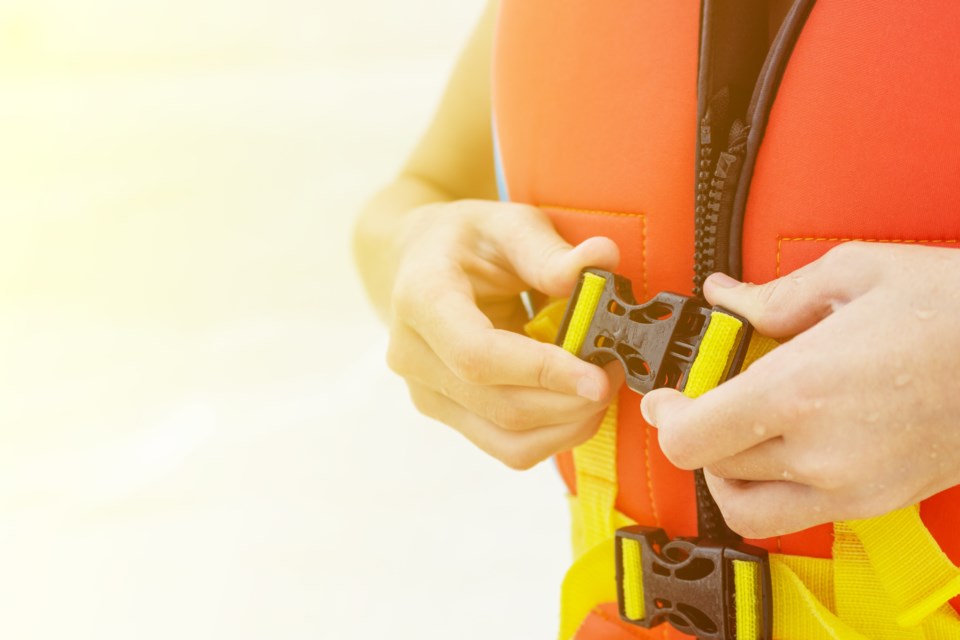NEWS RELEASE
OATLEY VIGMOND
*************************
As the temperatures soar and the [Civic Holiday] long weekend approaches, it’s time to make plans for a dip in a pool, a day at the beach, or a lakeside getaway.
Sunscreen, beach towels and a cooler full of snacks and beverages — these are important ingredients to consider on your next day at the water.
But the most essential thing to bring with you is water safety awareness.
With one of the longest beaches in Canada, 250,000 freshwater lakes, hundreds of municipal pools, and the popularity of backyard pools, Ontarians have plenty of choices for cooling off and having fun.
Unfortunately, as the statistics show, the risk of drowning increases with the long weekend wave of water activities.
According to the Canadian Red Cross, drowning is responsible for more deaths among children ages one to four than any other cause. Next to this age group, men ages 15 to 44 are at the greatest risk of drowning.
And, what many of us don’t know is that most drowning victims slip silently under the surface of the water, with no time for waving arms or screams for help.
Drowning occurs quickly and quietly.
Each summer, tragic and avoidable water-related fatalities occur across Canada. To prevent this kind of tragedy for you and your family, Oatley Vigmond, Ontario’s personal injury law firm, urges you to keep these top 10 essential water safety tips top of mind:
1. Always wear a personal flotation device (PFD) when on a boat — Also referred to as a life-jacket or life preserver, a PFD is worn in the form of a vest or suit and can prevent you or a loved one from drowning in a body of water. It’s important to size the jacket appropriately by measuring the circumference of the chest at its broadest point, using this number along with the PFD manufacturer’s size recommendations to find the right size. Sizing can be found on the inside of the PFD.
2. Learn CPR or brush up on your life-saving skills — Research reputable first aid providers in your area to revisit first aid and CPR skills. The Canadian Red Cross, www.redcross.ca, is an excellent resource for courses and training being offered nearby.
3. Use the buddy system when taking a dip — No matter how experienced a swimmer you might be, always double up when in or around water. Designate a responsible adult to watch children swimming or playing in or around water and never leave swimmers, even those who are experienced, unattended.
4. Adults should provide ‘touch supervision’ — Young children or people with limited water experience should be always kept within reach.
5. Turn that container upside down — It only takes two inches of water to cause a person to drown. While that wading pool, container or bucket can provide hours of splashing fun, it needs to be emptied immediately afterwards to prevent curious kids from climbing back in.
6. Install enclosures around home pools — Fences and enclosures around home pools limit access to the pool area and can be essential in preventing drowning accidents. Consult your township or municipality for requirements.
7. If you don’t know, don’t go — You may be familiar with the lake or river you’re swimming in, but water levels can fluctuate, and currents can be unpredictable. Be sure to scope out your swimming area before diving in.
8. Water, alcohol, and drugs do not mix — No amount of alcohol or drugs can be considered safe. While on land please take caution and use responsibly. While on the water, whether swimming, operating a boat or personal watercraft, don’t partake in alcohol or drugs at all. Recreational watersports, alcohol and drugs are often factors in adult drownings.
9. Never operate a boat or personal watercraft without a licence — Not only is it dangerous, but it is also against the law. Get your official Transport Canada Pleasure Craft Operator Card and always keep it with you when on the water.
10.Always ensure your boat or personal watercraft is equipped with a functioning boat safety kit — Don’t leave the dock without a kit including basic first aid supplies, buoys, air horns, flares, bailor, and a flashlight, replacing batteries as needed.
*************************



